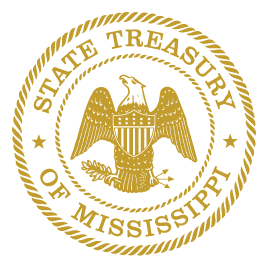Newsroom
McRae: The National Debt is a Growing Threat
In its economic and debt forecast released in May of this year, the U.S. Congressional Budget Office (CBO) projected our federal debt will nearly double the nation’s Gross Domestic Product (GDP) by 2052 if it continues on its current trajectory. The ratio of debt to GDP is expected to get much worse over the next three decades given current spending levels and the cost of holding high levels of debt because of rising interest rates.
According to the CBO report, “Debt as a percentage of GDP begins to rise in 2024, surpasses its historical high in 2031 (when it reaches 107%), and continues to climb thereafter, rising to 185% of GDP in 2052.” For comparison, in 1980 the debt to GDP ratio was under 30%. In the longer term, budget deficits are also expected to increase, which will mean the debt will continue growing at a faster and faster pace as time goes on.
“Debt that is high and rising as a percentage of GDP could slow economic growth, push up interest payments to foreign holders of U.S. debt, heighten the risk of a fiscal crisis, elevate the likelihood of less abrupt adverse effects, make the U.S. fiscal position more vulnerable to an increase in interest rates, and cause lawmakers to feel more constrained in their policy choices,” CBO said.
The figures are alarming. Well before trillions in COVID-19 spending and the latest dire reports from CBO, many leaders were framing our debt as a national security threat. With inflation rising and interest rates increasing, the costs of our debt burden are growing exponentially. In coming decades, our leaders will be severely constrained by this financial situation in what options they have to respond to national security, financial, or global health crises.
The Peter G. Peterson Foundation describes well the potential consequences of ever-increasing national debt saying, “If our long-term fiscal challenges remain unaddressed, our economic environment weakens as confidence suffers, access to capital is reduced, interest costs crowd out key investments in our future, the conditions for growth deteriorate, and our nation is put at greater risk of economic crisis. If our long-term fiscal imbalance is not addressed, our future economy will be diminished, with fewer economic opportunities for individuals and families and less fiscal flexibility to respond to future crises.”
This is why Congress must act swiftly to adopt an all-of-the-above national energy policy to restore American energy independence and get fuel and transportation costs under control as part of a larger set of actions to lower inflation. The wasteful government spending must also end and expiring tax cuts should be extended.
Unfortunately, the Democrat Senate’s latest economic policy does none of this. Instead, it costs taxpayers billions of dollars, raises taxes, and focuses attention on a radical climate policy rather than a reduction of prices at the pump. We have to do better than this.
View the staggering national debt figures at USDebtClock.org and learn about potential solutions at PGPF.org. As always, if our office can help you or your family with college savings or unclaimed money questions, call us at (601) 359-3600.
